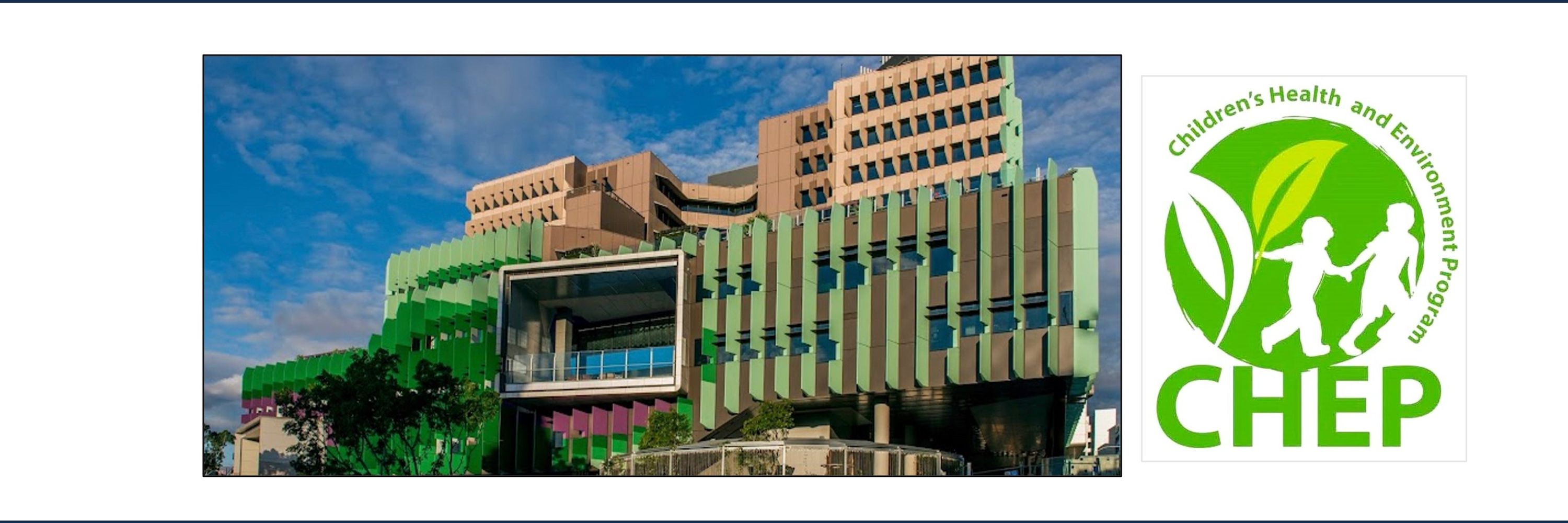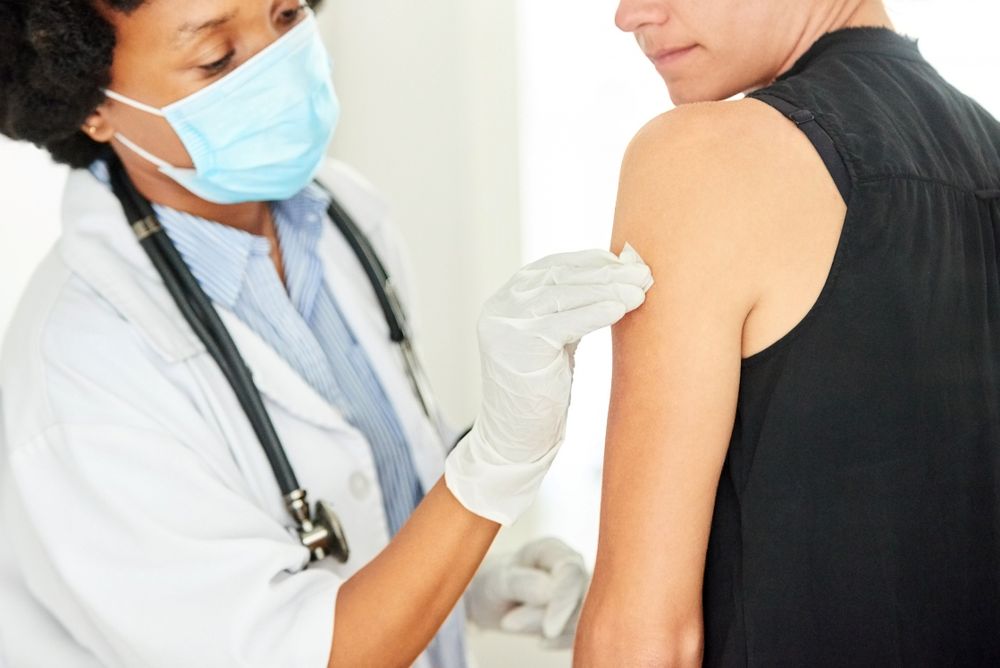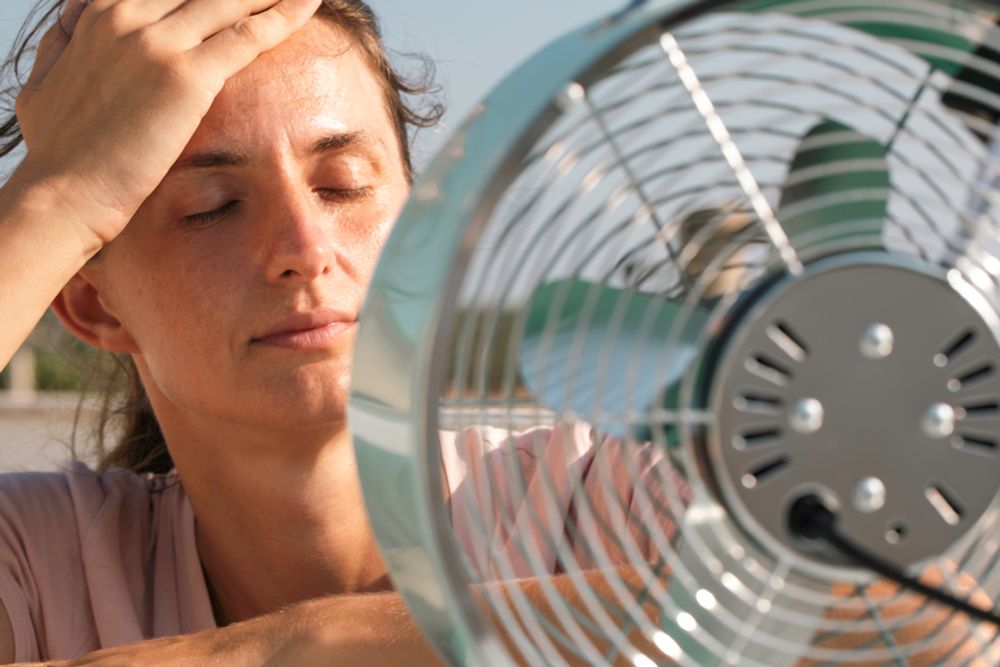Paul D Robinson
@drplungresearch.bsky.social
3.5K followers
320 following
60 posts
Child Lung specialist, Queensland Children’s Hospital. Conjoint Prof University of Queensland & Deputy Director Children's Health & Environment Program (CHEP) International Conference Committee Chair-elect, ATS. My views on lung health #MedSky #PedsPulmSky
Posts
Media
Videos
Starter Packs
Pinned
Reposted by Paul D Robinson
Reposted by Paul D Robinson
Reposted by Paul D Robinson
Reposted by Paul D Robinson
The Lancet
@thelancet.com
· 13d

Quick buys for prevention and control of noncommunicable diseases
Despite their established effectiveness, uptake of the WHO best buys for tackling
non-communicable diseases (NCDs) has been uneven and disappointing. Here we introduce
the “quick buys”, an evidence-ba...
tinyurl.com
Reposted by Paul D Robinson
Reposted by Paul D Robinson
Reposted by Paul D Robinson
Reposted by Paul D Robinson
Reposted by Paul D Robinson
Reposted by Paul D Robinson
ATS EOPH Assembly
@ats-eoph.bsky.social
· Aug 10

Extreme heat and pediatric health in a warming world: a space-time stratified case-crossover investigation in Ontario, Canada - Environmental Health
Background Globally, climate change is causing frequent and severe extreme heat events (EHEs). A large body of literature links EHEs to multiple health endpoints. While children’s physiology and activity patterns differ from those of adults in ways that are hypothesized to increase susceptibility to such endpoints, research gaps remain regarding the specific impacts of EHEs on child health. This study evaluated pediatric emergency healthcare utilizations associated with EHEs in Ontario. Methods Applying a space-time stratified case-crossover design, associations between EHEs (same-day or lagged exposure to 2 consecutive days of daily maximum temperatures above percentile thresholds) and 15 causes of pediatric emergency healthcare use in Ontario, Canada from 2005 to 2015 were analysed using conditional quasi-Poisson regression. In primary analyses, EHEs were defined as two or more consecutive days with temperatures above the 99th percentile of temperature within each respective forward sortation area (FSA). Emergency healthcare use was measured using hospital admissions as an indicator of severe outcomes, and emergency department (ED) visits as a sensitive measure of outcomes. Results Relative to non-EHE days, EHEs increased the rates of pediatric hospital admissions for respiratory illnesses by 26% (95% CI: 14-40%), asthma by 29% (16-44%); infectious and parasitic diseases by 36% (24-50%), lower respiratory infections by 50% (36-67%), and enteritis by 19% (7-32%). EHEs also increased the rates of ED visits for lower respiratory infections by 10% (0-21%), asthma by 18% (7-29%), heat-related illnesses by 211% (193-230%), heatstroke by 590% (550-622%), and dehydration by 35% (25-46%), but not for other causes. Admissions and ED visits due to injuries and transportation related injuries were negatively associated with EHEs. Neither all-cause hospital admissions nor ED visits were associated with EHEs. Conclusions In Ontario, EHEs decreased the rates of pediatric emergency healthcare utilization for injuries and increased the rates of respiratory illnesses, asthma, heat-related illnesses, heatstroke, dehydration, infectious and parasitic diseases, lower respiratory infections, and enteritis. Tailored policies and programs that reflect the specific heat-related vulnerabilities of children to respiratory and infectious illnesses are warranted in the face of a rapidly warming climate.
ehjournal.biomedcentral.com
Reposted by Paul D Robinson
Reposted by Paul D Robinson
Reposted by Paul D Robinson



















